I have a tree that has the following form:

On the first pictures, the height of the tree is 1 and there are 3 total nodes. 2 for 7 on the next and 3 for 15 for the last one. How can I determine how many number of nodes a tree of this form of l height will have? Also, what kind of tree is that (is it called something in particular?)?